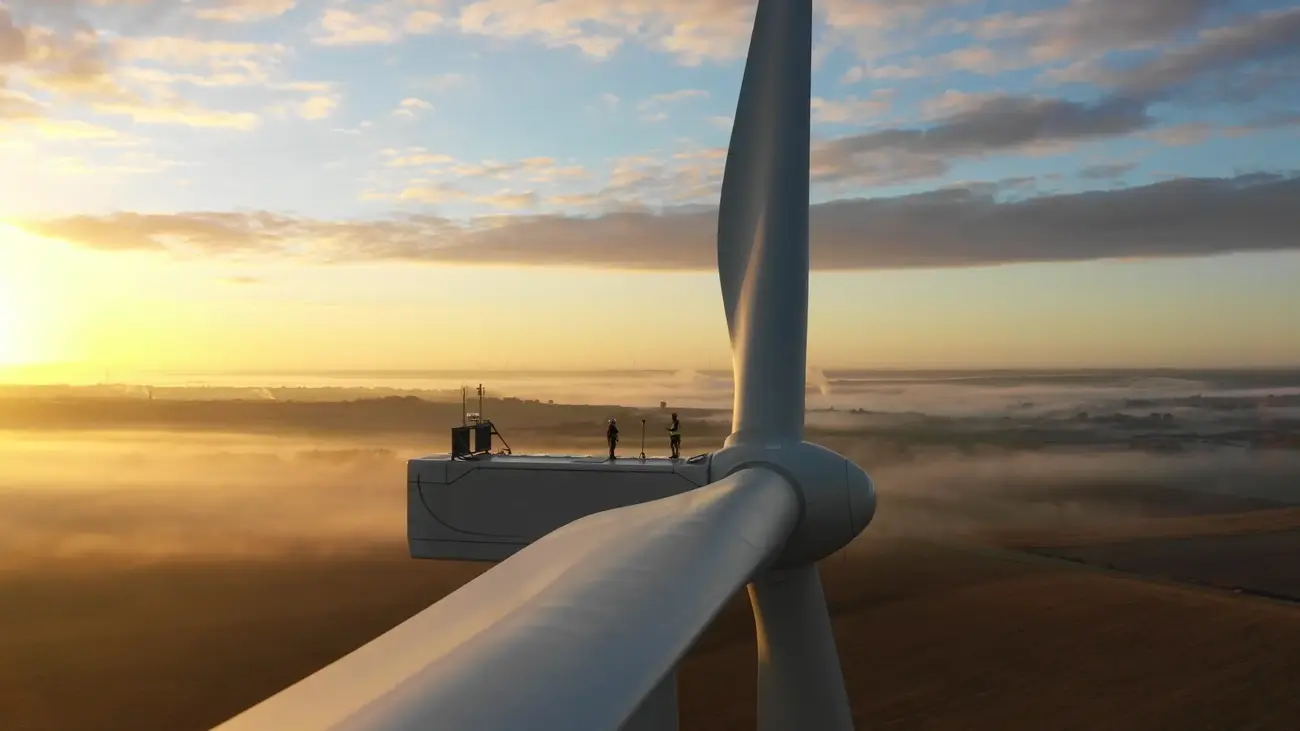
Atmospheric measurements and modeling

"If we are to reduce our GHG emissions, we need to be able to measure them accurately".
Catherine Juéry,
Head of the Air Quality Laboratory
Atmospheric measurements and modeling are two areas of expertise in the AQL, developed in response to new environmental and societal requirements. The team of around twenty engineers, measurement technicians, chemists, atmospheric modeling specialists has been mobilized as part of the company’s carbon neutrality approach together with society, and focuses on the control and management of GHG (Greenhouse Gases) generated by TotalEnergies’ activities worldwide: exploration & production, refineries, shipping, new energies (biogas, gas-fired power plants, etc.).
AUSEA revolutionizes the measurement of emissions in the atmosphere
The challenge for AUSEA (Airborne Ultralight Spectrometer For Environmental Applications), a detection and quantification technology developed inhouse by the AQL with the CNRS and the University of Reims Champagne-Ardenne, is to accurately measure methane and carbon dioxide emissions to reduce them. TotalEnergies wants to be exemplary as regards its atmospheric emissions, which means CO₂, and also methane, which has a global warming potential 28 times higher. How are the measurements taken? AUSEA technology is based on an ultralight CO₂ and CH4 sensor fitted onboard a drone, which can reach the emissions plumes that are not easily accessible, and therefore ensure optimum accuracy when quantifying them. The sensor has a laser diode spectrometer, coupled with high-performance computing algorithms, and uses them to detect and quantify methane emissions with a high level of accuracy (> 1 kg/hr).
In 2022, TotalEnergies directed over 1,200 AUSEA flights in eight countries, on 125 platforms, and the technology has been deployed on all sites worldwide. R&D is now working on an autonomous version of AUSEA - a box to recharge the drones, pre-programmed surveillance campaigns and autonomous, pilotless flights. Tests are currently under way on the TADI platform in Lacq (Platform for Experimental Research in Lacq).
Certifying the reliability of our emissions data
The measurements taken by the AQL are incorporated into the report required by legislation. As part of the OGMP 2.0 program, a new phase of the Oil & Gas Methane Partnership (OGMP) in the United Nations Environment Program, monitoring encompasses the entire gas value chain: details of emissions per source, list of the inventory methods and airborne measurement campaigns, etc. TotalEnergies achieved Gold Standard for its reporting in 2021. Between 2010 and 2020, the Company halved its methane emissions on its operated sites, by tackling all the source (reducing flaring, venting, fugitive emissions, etc.) and making the design criteria for its new facilities more stringent. In line with the Glasgow Climate Pact, TotalEnergies has set itself new objectives for reducing its methane emissions from operated assets over the next decade: -50 % in 2025 and -80 % in 2030 compared to 2020. The Company has also pledged to maintain methane intensity at less than 0.1% on its operated gas facilities.

"The AUSEA adventure began in 2017 in partnership with the CNRS laboratory, GSMA at the University of Reims. The system consists of an ultra-light, ultra high-performance sensor onboard a drone, to take it directly into the emissions plumes and perform a scan of the gases discharged".
Ludovic Donnat,
Advanced Measurement of GHG R&D Project Manager
Find out more

Climate and Sustainable Energy
TotalEnergies leads the transformation of the energy model to contribute to the fight against climate change and meet the needs of populations.